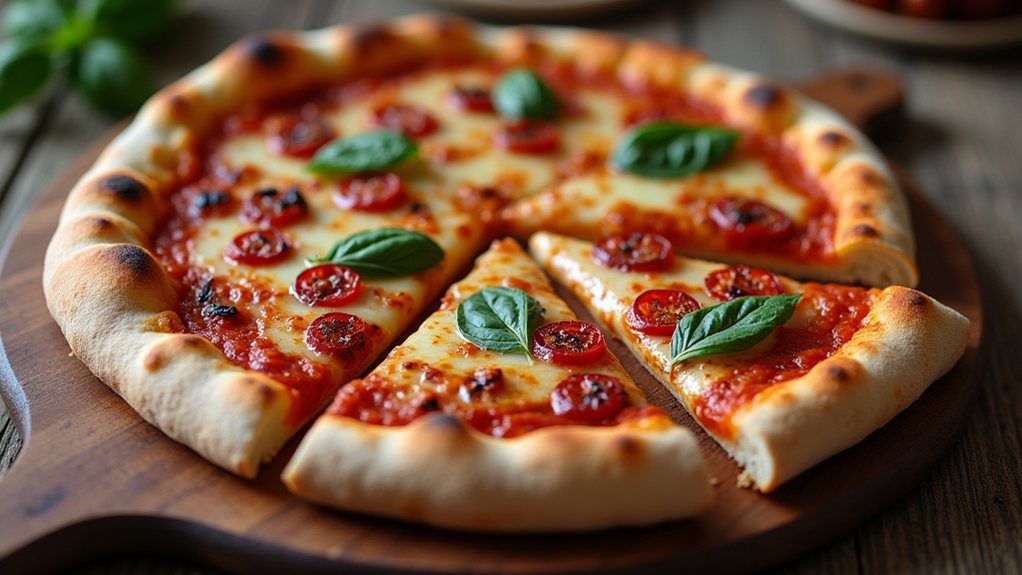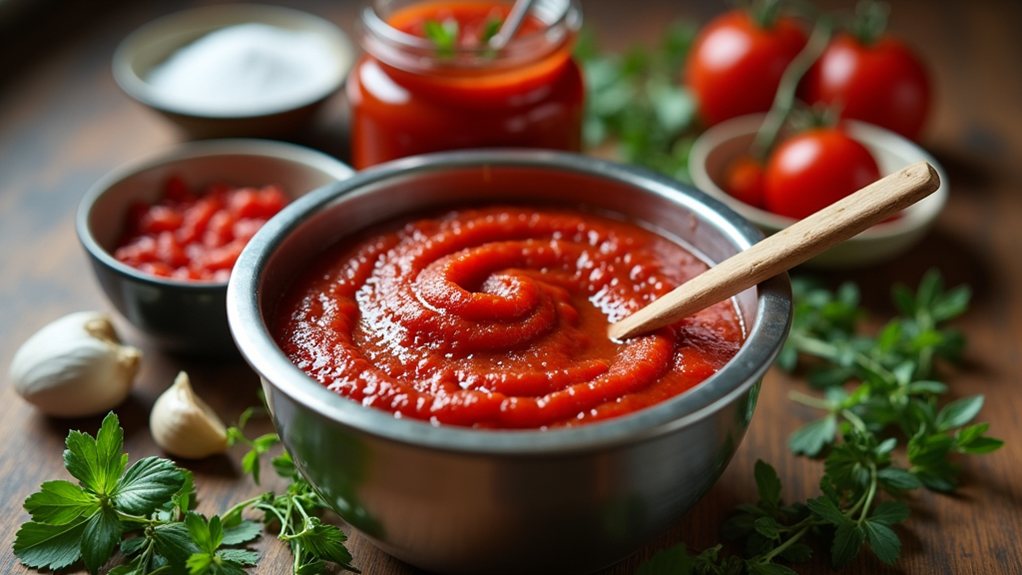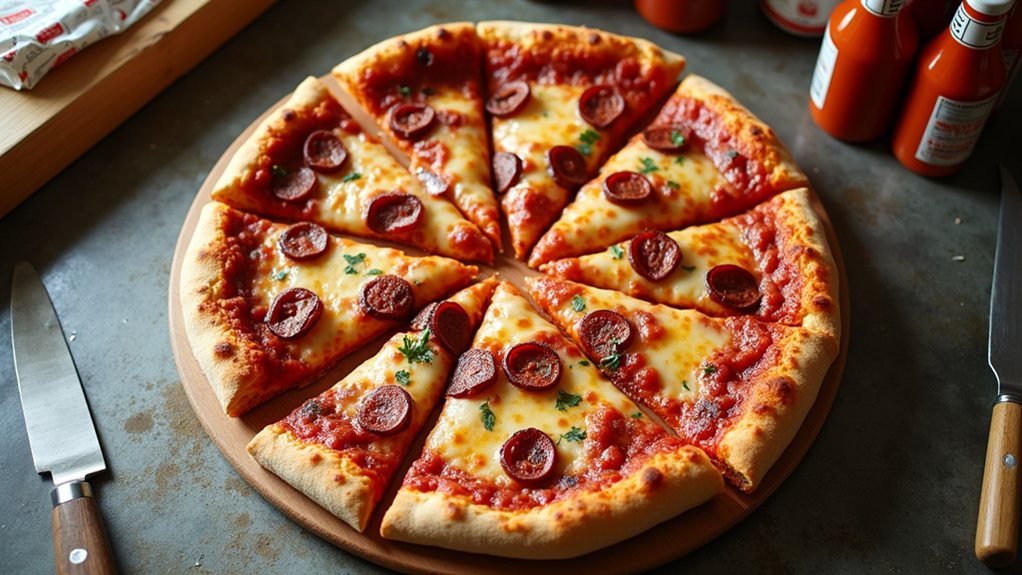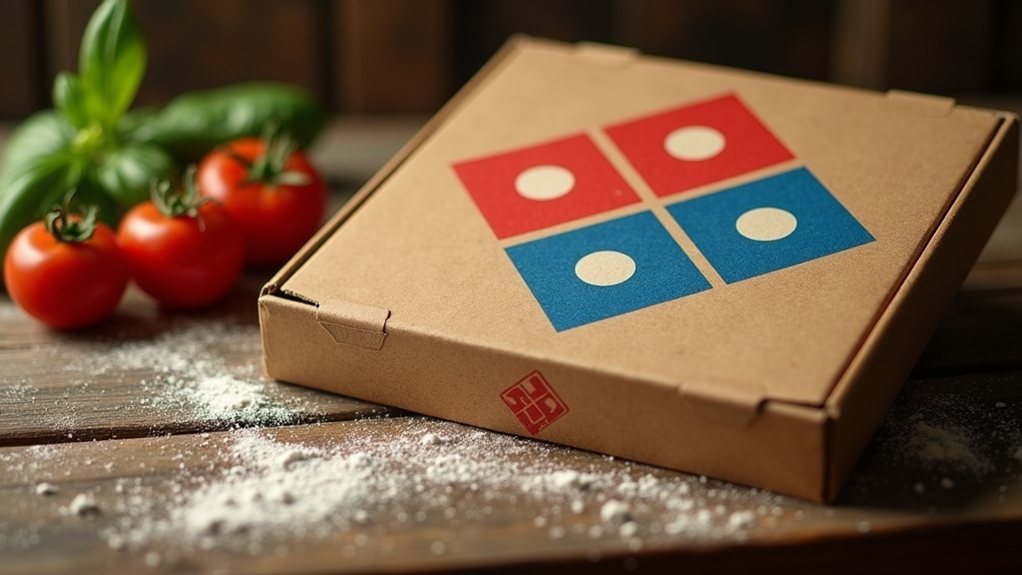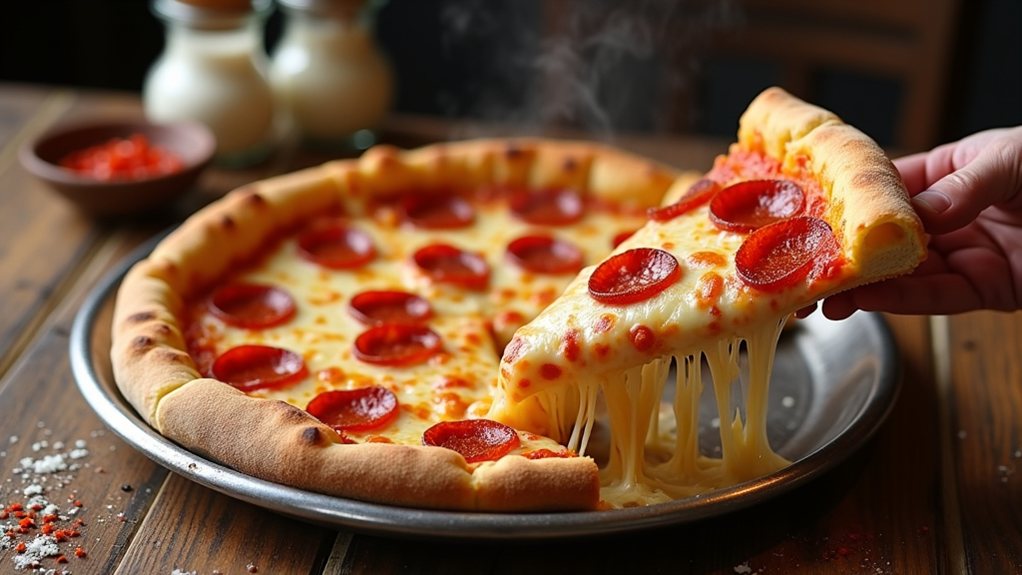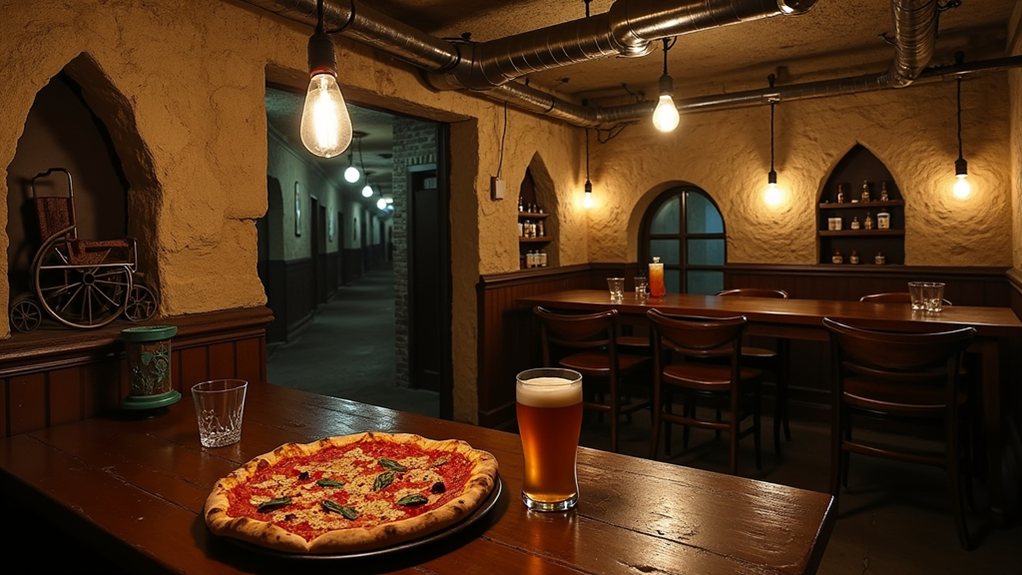The quest for pizza perfection often leads home cooks to a frustrating resolution: their creations lack the signature crispiness of wood-fired pies. Despite following recipes meticulously, many find their crusts disappointingly soft or tough. The science behind that coveted crunch involves a delicate balance of heat transfer, gluten development, and moisture control—elements that professional pizzerias master through specialized equipment. Understanding these fundamentals can transform an ordinary homemade pizza into something remarkably close to artisanal quality.
The Science Behind Perfect Pizza Crust
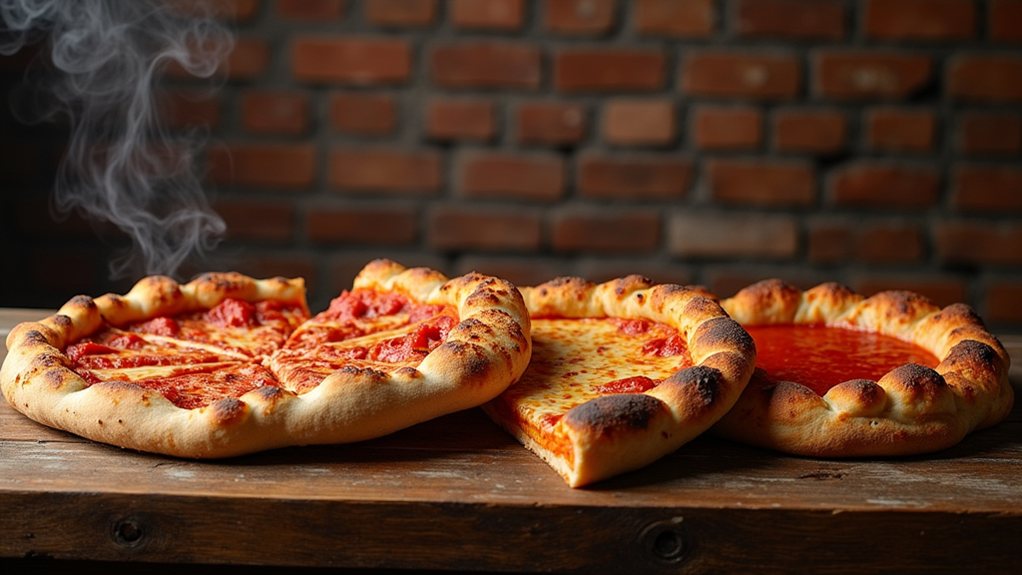
Making the perfect homemade pizza, a culinary adventure that combines science and artistry, requires attention to several key factors that professionals have mastered over decades. Home cooks often wonder why their pizzas lack that distinctive wood-fired quality despite their best efforts. The answer typically lies in the details of flour selection, temperature management, and dough preparation techniques that professionals develop through years of experience.
The foundation of exceptional pizza begins with choosing the right flour. High-protein options like King Arthur bread flour create the chewy, structured crust that pizza enthusiasts crave, while Italian ’00’ flour offers a more delicate texture perfect for Neapolitan styles. Many home bakers settle for all-purpose flour, unknowingly sacrificing the characteristic chewiness that defines great pizza. Some experienced pizza makers even blend different flours to achieve their ideal texture profile. Following a basic active dry yeast recipe can provide a solid starting point for mastering pizza dough fundamentals. A proper damp cloth covering helps the dough rise effectively and prevents it from drying out during the resting period.
A pizza’s soul lies in its flour—choose high-protein varieties for structure and chewiness that all-purpose simply cannot deliver.
Temperature plays a critical role in crust development. Most home ovens simply can’t match the 800-900°F temperatures of commercial wood-fired ovens, but cranking your oven to its maximum setting (ideally above 500°F) makes a considerable difference. Preheating a pizza stone or baking steel for at least 30 minutes creates the intense bottom heat needed for proper crust formation. A properly preheated stone should heat in the oven for at least one hour while your dough rises. Placing this heat conductor near the top of the oven further amplifies the radiative cooking effect.
Dough preparation techniques greatly impact the final product. Aim for 65-70% hydration and allow for cold fermentation to develop flavor and texture. Gentle hand-stretching preserves valuable air pockets that create that sought-after light, airy crust structure. Avoid rolling pins, which compress these bubbles and result in a denser crust. Pricking the dough with a fork before par baking for 5 minutes can effectively prevent sogginess in your final pizza.
The finishing touches matter too. Use lightweight sauces, pre-cook meat toppings, and exercise restraint with ingredient quantities to prevent moisture from compromising your crust. A light dusting of semolina helps the pizza slide easily onto the hot stone while contributing to exterior crispness.
With these adjustments, home cooks can considerably narrow the gap between their creations and those perfect wood-fired pizzas from specialty restaurants.
